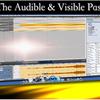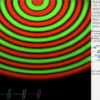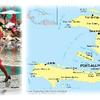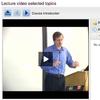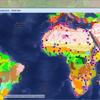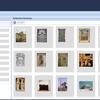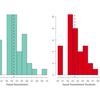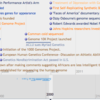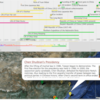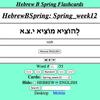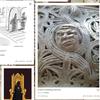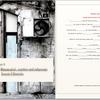Landmarks in World Art and Architecture covered art through the ages and across the globe, from ancient Mesopotamia and China to Pre-Columbian America, to early modern Japan and modern Europe and the United States. Members of the History of Art and Architecture faculty each lectured on an outstanding example in their area of expertise. For fall 2012, the faculty decided to teach the course chronologically for the first time in order to give students a deeper understanding of the historic currencies in play and to frame the discussion around ideas of art and revolution—intellectual, scientific, and political.... Read more about Linking Art and Revolution
Copyright © 2024 The President and Fellows of Harvard College | Accessibility | Digital Accessibility | Report Copyright Infringement

